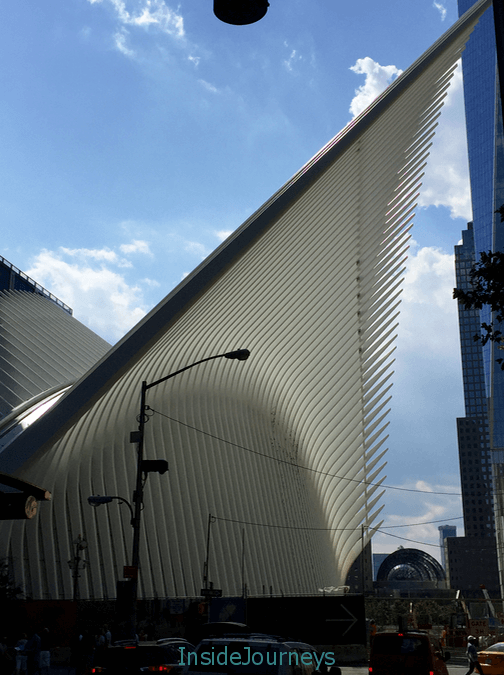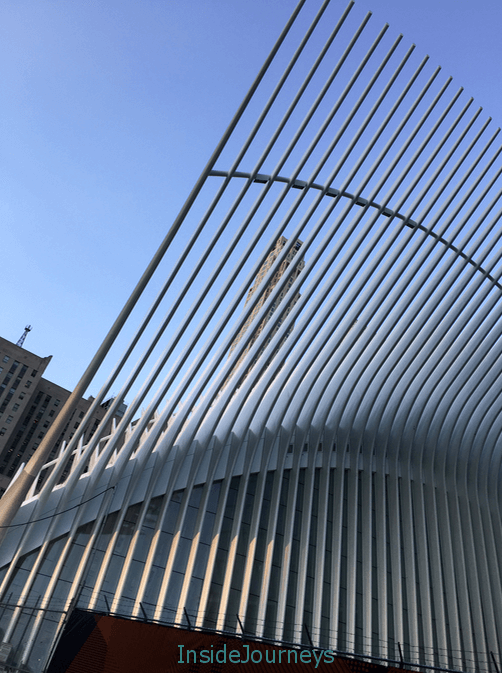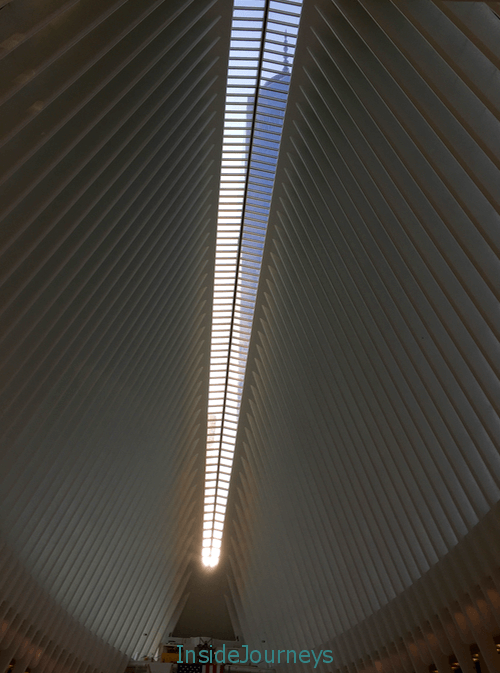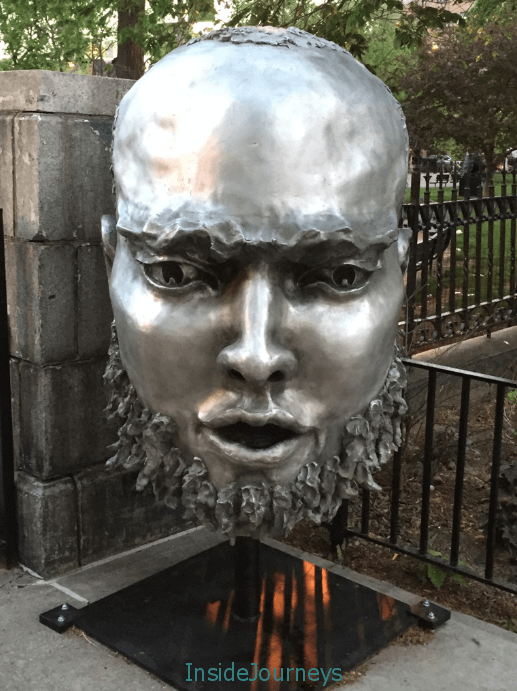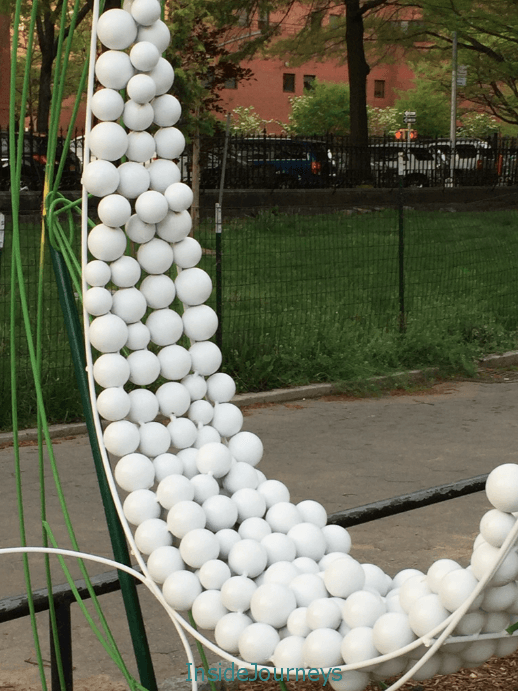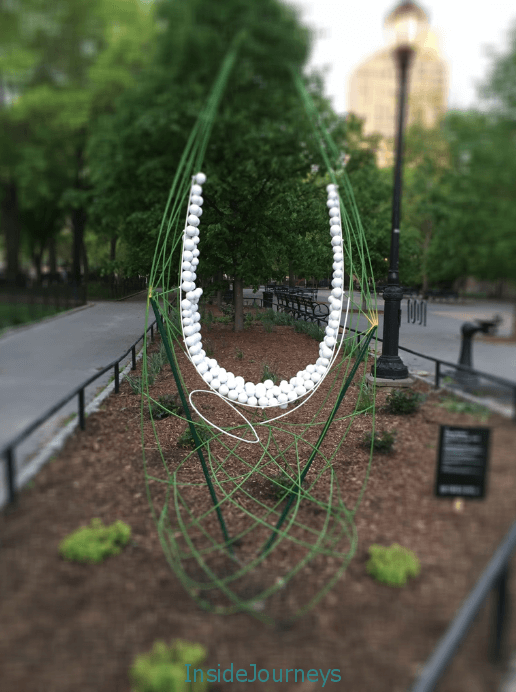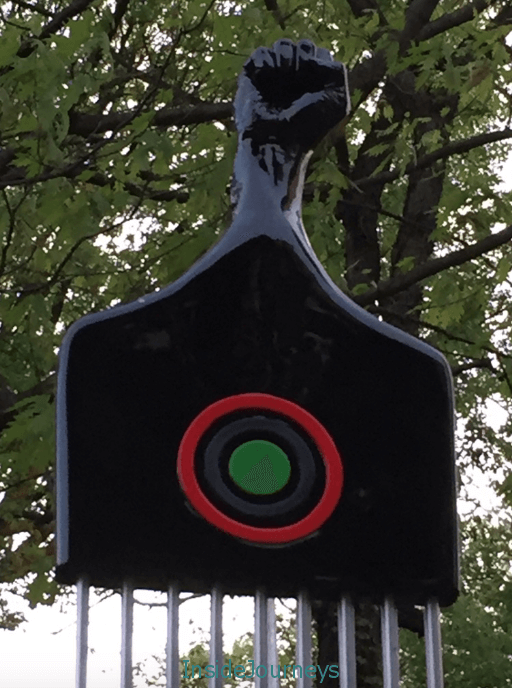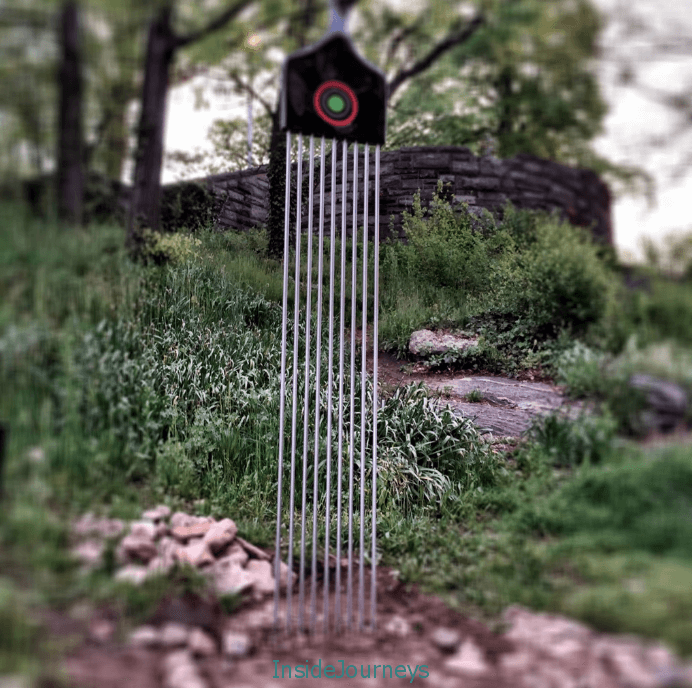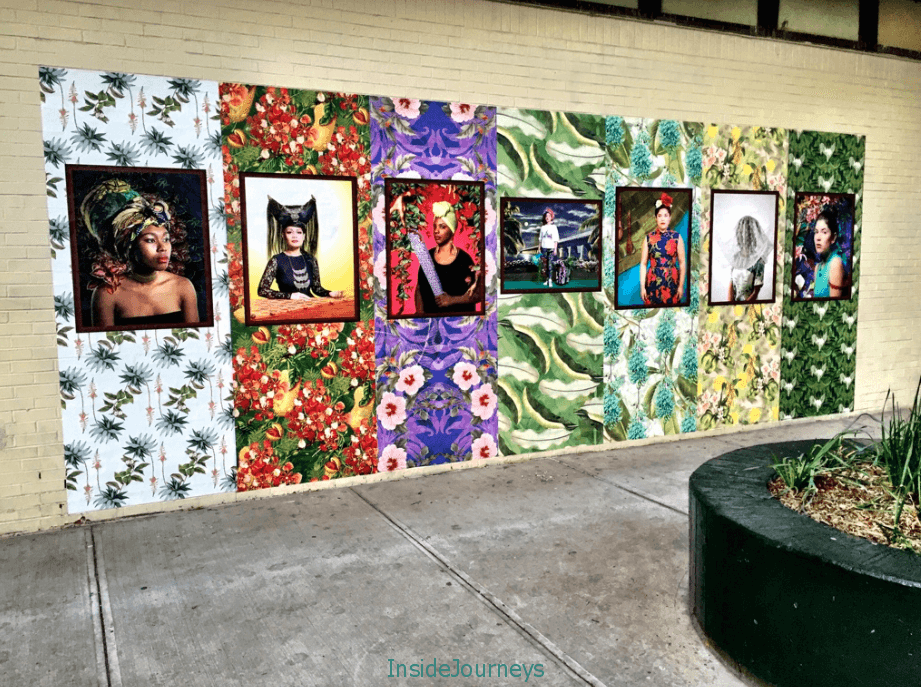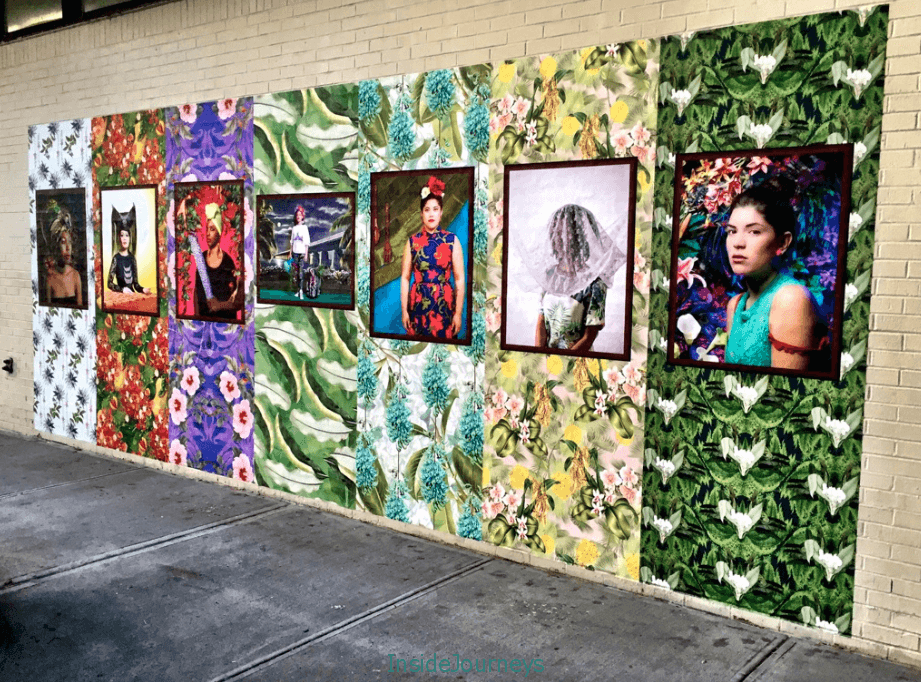Jamaica is undoubtedly the jewel of the Caribbean for most visitors from around the world. It is a haven for delicious food, friendly people and relaxing hotels perched upon some of the most amazing white-sand beaches.
If you’re a physically-challenged vacationer, it can be a bit challenging finding a hotel that accommodates your special needs. The following are some of the best wheel-chair accessible hotels in Jamaica for a fun-filled Caribbean holiday. Be sure to check the full list of hotels for other options too.
Beaches Ocho Rios Resort & Golf Club
Starting off the list is Beaches, a resort renowned for its warm hospitality and beauty.
Guests here can enjoy a host of activities and bite into some mouth-watering, tasty dishes. The all-inclusive package means you not only get access to gourmet dishes and unlimited beverage, but facilities built specially to accommodate you if you’re disabled.
For example, in specific rooms, the doorways are built large enough to accommodate wheelchairs. Also, there are handrails, raised toilets and adjusted faucets for the convenience of disabled guests.
Getting around the property is also relatively easy, and the staff is always available should you need a helping hand.
For full relaxation, the resort has a full-service spa for facials, body massages, and treatments. There are also five outdoor pools to cool down when the weather becomes too hot. All in all, this is one of the best hotels for any vacationer who wants to have a good time.
Sandals Royal Caribbean
The well-manicured gardens of Sandals and the allure of a relaxing tropical vacation should be enough reason for you to decide on this resort.
Sandals Royal Caribbean is located in the parish of St. James and provides all its guests with a mix of sunshine and a good time. You can enjoy premium wines while lounging on the beach or take a dip in one of the many warm pools they have on the property.
There are four designated rooms built specifically for disabled persons. If you plan to stay here, it is essential that you call ahead and ensure one of the rooms are available for your specific travel date. Like Beaches Resort, the doorways here are large enough to accommodate wheelchairs. In the shower, there are grab rails and extendable shower heads for your convenience.
You’ll be happy to know that Sandals Royal Caribbean also has six restaurants that can be accessed via wheelchair. Getting around is also quite easy as there aren’t much-elevated slopes that would provide a challenge. For this reason, using your wheelchair or mobility scooter will be quite easy.
Coyaba Beach Resort
The Coyaba Beach Resort is another great option to consider. It sits right next to the Umbrellas Beach Bar, the best eating and drinking location in the area. Though it’s not an all-inclusive hotel like the other options above, it qualifies for this list.
To ensure easy accessibility for people with disabilities, the hotel has ground floor rooms adapted for wheelchairs. If you’re thinking about booking your stay here, the reservation department requires that you call ahead of time and let them know you will need one of their mobility-friendly rooms.
The resort also has friendly staff that’s always ready to help whenever you need. There is a small pool on property as well.
Iberostar Rose Hall Suites
Iberostar features a relaxed and serene atmosphere that anyone would find appealing. The all-inclusive wheelchair-friendly resort boasts lush surroundings, landscaped with indigenous plants and gorgeous flowers.
It has a top of the range buffet and four specialty restaurants. There are also six bars available if you’re looking to enjoy some of the fantastic liquor while staying there.
When it comes to the rooms, you’ll be happy to know that there are wheelchair-friendly options, allowing you to roll on in with ease. Like other places on the list, there are grab rails, and the restaurants on the property can easily be accessed as well.
The resort may not have a large spa, but it offers a wide range of wellness treatments and massages.
Seastar Whistling Bird Resort
If you’re considering a price-friendly option, you may want to explore the Seastar Whistling Bird Resort. You can find the seaside property in an exotic setting right on Negril’s seven-mile beach.
There’s only one wheel-chair accessible room here, and a ramp allows you to access the room quickly. Inside you’ll be happy to know there are all the amenities of a standard room including a flat screen TV, twin beds and a balcony to look out. Unfortunately, you won’t find handrails in the bathroom, and so you may need assistance getting in and out of the shower.
Other stand-out features include a business center, 24-hour front desk, a concierge desk, a restaurant that offers local and international cuisines and a safe deposit box. There’s also a picnic area where you can bask in the sun and enjoy the gorgeous sea views while you sip on your favorite drink.
By Michael Rainford of JamaicaHotelReview.com. Michael is a passionate traveler who enjoys exploring the amazing hotels and attractions on the beautiful paradise island of Jamaica. Through his website, he shares his experiences and tips on the best spots to check out when you visit.
Photos used with permission.
















